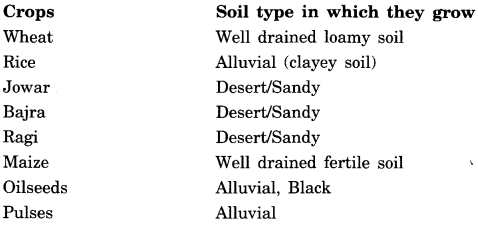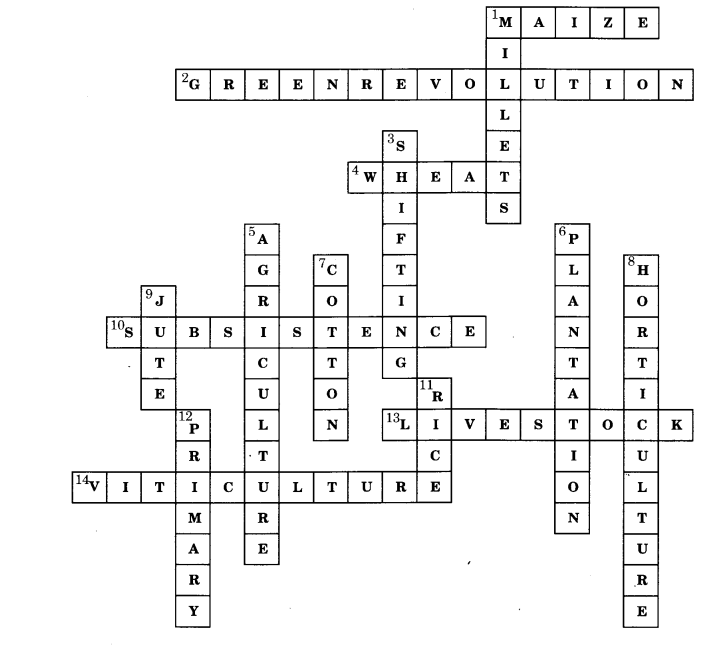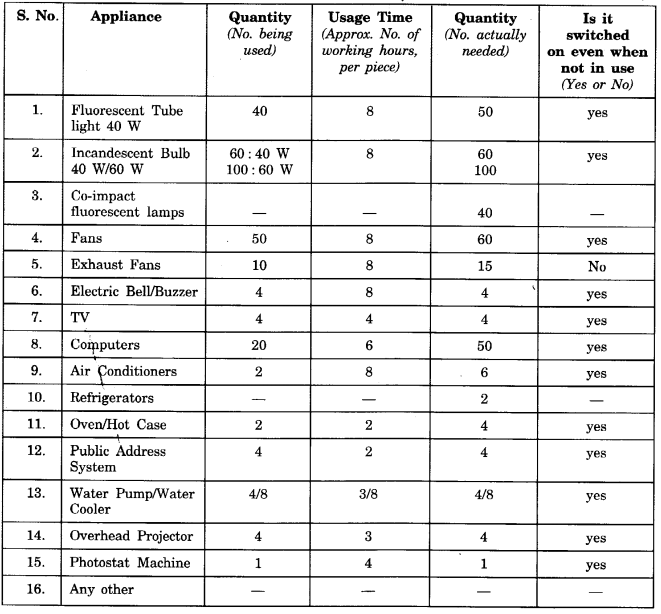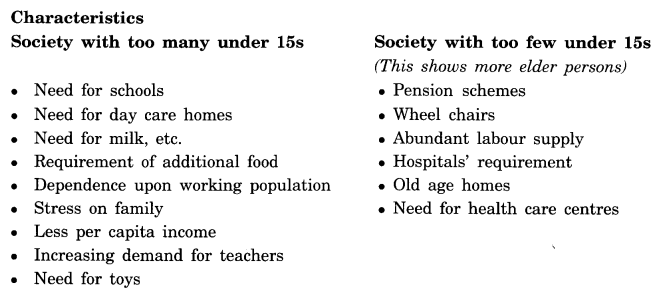NCERT Solutions for Class 8 Social Science Geography Chapter 2 Land, Soil, Water, Natural Vegetation and Wildlife Resources
These Solutions are part of NCERT Solutions for Class 8 Social Science. Here we have given. NCERT Solutions for Class 8 Social Science Geography Land, Soil, Water, Natural Vegetation and Wildlife Resources
1. Answer the following questions.
Question 1(1).
Which are the two main climatic factors responsible for soil formation?
Answer:
(a) Temperature
(b) Rainfall
Question 1(2).
Write any two reasons for land degradation today.
Answer:
(a) Deforestation
(b) Overgrazing
(c) Overdoses of fertilisers
Question 1(3).
Why is land considered an important resource?
Answer:
Land is considered an important resource because all the activities of human beings are carried out on land.
Question 1(4).
Name any two steps that the government has taken to conserve plants and animals.
Answer:
Steps were taken by the government to conserve plants and animals (Any two):
- Setting up of national parks, wildlife sanctuaries, biosphere reserves.
- Conservation of creeks, lakes, and wetlands.
- Ban on killing, hunting, and poaching.
- Social forestry and Vanamohatasava.
Question 1(5).
Suggest three ways to conserve water.
Answer:
Ways to conserve water (Any three):
- Forest and other vegetation covers.
- Water harvesting.
- Canals to be properly lined.
- Use of sprinklers in irrigation.
- Drip or trickle methods of irrigation in dry areas.
Question 2.
Tick the correct answer
1. Which one of the following is NOT a factor of soil formation?
(a) time
(b) soil texture
(c) organic matter
2. Which one of the following methods is most appropriate to check soil erosion on steep slopes?
(a) shelterbelts
(b) mulching
(c) terrace cultivation
3. Which one of the following is NOT in favour of the conservation of nature?
(a) switch off the bulb when not in use.
(b) close the tap immediately after using it.
(c) dispose of poly packs after shopping.
Question 3.
Match the following.

Answer:

Question 4.
State whether the given statement is True or False. If true, write the reasons.
(1) Ganga-Brahmaputra plain of India is an overpopulated region. True
Reasons: Fertile land—agriculture main occupation, easily available job opportunities, developed agriculture-based industries, developed means of transport and communication.
(2) Water availability per person in India is declining. True
Reasons: Due to overuse, pollution, and increasing population.
(3) Rows of trees planted in the coastal areas to check the wind movement is called t intercropping. False.
(4) Human interference and changes of climate can maintain the ecosystem. False.
Question 5.
Activity
Discuss some more reasons which are responsible for changes in land-use patterns. Has your place undergone any change in the land use pattern in recent years?
Answer:
Reasons responsible for change of land use pattern.
- People and their demands are ever-growing.
- The availability of land is limited.
- The quality of land also differs from place to place.
- People started encroaching on common lands to build up commercial areas, housing complexes in the urban areas, and to expand agricultural land in rural areas.
- Today vast changes in the land use pattern also reflect the cultural changes in our society.
- Expansion of agriculture and construction activities have caused these problems.
Question 6.
Based on the table you have just completed, draw a picture of land use patterns that you foresee in your neighbourhood after 20 years. Why do you think that land-use patterns change over the years?
Answer:
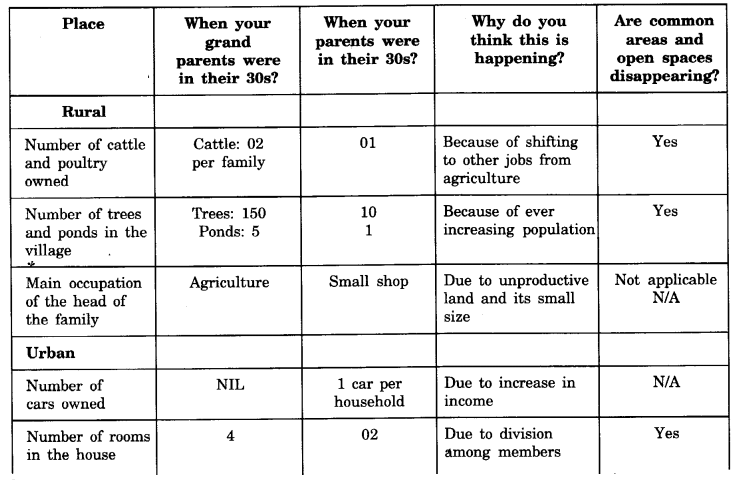

We hope the NCERT Solutions for Class 8 Social Science Geography Chapter 2 Land, Soil, Water, Natural Vegetation, and Wildlife Resources, help you. If you have any query regarding NCERT Solutions for Class 8 Social Science Geography Chapter 2 Land, Soil, Water, Natural Vegetation and Wildlife Resources, drop a comment below and we will get back to you at the earliest.
